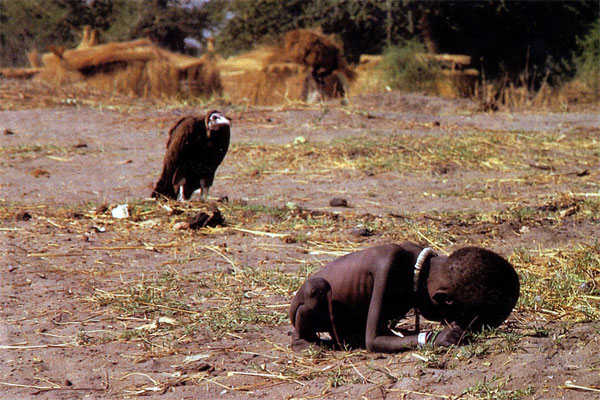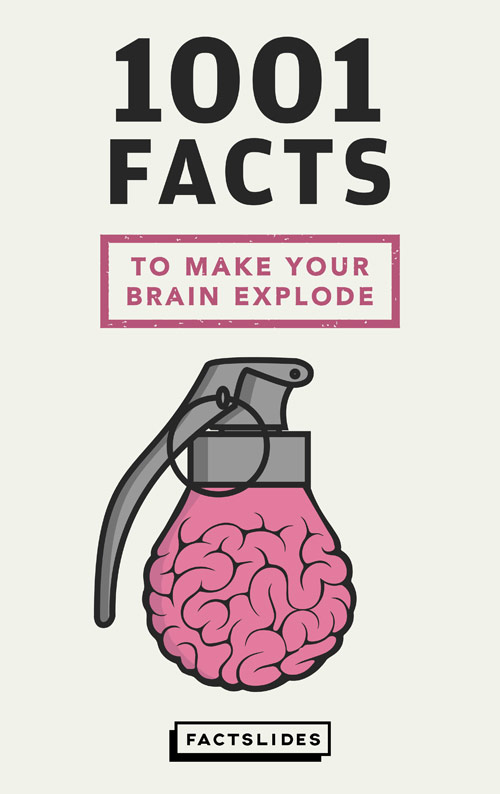-
 20,000 children die worldwide every day due to poverty.♦ SOURCE♺ SHARE
20,000 children die worldwide every day due to poverty.♦ SOURCE♺ SHARE -
Nearly 1 billion people will go to bed hungry tonight.♦ SOURCE♺ SHARE
-
80% of humanity lives on less than US$10 per day.♦ SOURCE♺ SHARE
-
If you earn more than US$21,000 a year, you are part of the richest 4% of the planet.♦ SOURCE♺ SHARE
-
According to Bill Gates, by 2035, there will be almost no poor countries left in the world.♦ SOURCE♺ SHARE
-
30million people in China live on less than US$1 per day, as of 2019.♦ SOURCE♺ SHARE
-
1 billion people still defecate in the open, in the absence of a toilet.♦ SOURCE♺ SHARE
-
The combined wealth of the 85 richest people is equal to that of poorest 3.5 billion --half of the world's population.♦ SOURCE♺ SHARE
-
The poorest place in the U.S. is Allen, South Dakota, where 96% are Native American.♦ SOURCE♺ SHARE
-
Sylvester Stallone was so poor, he had to sell his dog for $50. A week later, he sold the script for Rocky and bought him back for $3,000.♦ SOURCE♺ SHARE
-
Picasso burned most of his early work to keep his apartment warm because he was poor.♦ SOURCE♺ SHARE
-
53%of all American workers make less than US$30,000 a year.♦ SOURCE♺ SHARE
-
-
64% of World's Extreme Poor Live in Just 5 Countries: India, China, Nigeria, Bangladesh, and Congo.♦ SOURCE♺ SHARE
-
The richest 1% of the population owns 48% of the world's wealth.♦ SOURCE♺ SHARE
-
U.S. Families living in extreme poverty, with less than US$$2 per day, has doubled to 1.5 million since 1996.♦ SOURCE♺ SHARE
-
Lobster was fed to slaves because it was considered a mark of poverty prior to the 20th century.♦ SOURCE♺ SHARE
-
The poverty line in America was designed assuming every family had a housewife who was a skillful cook.♦ SOURCE♺ SHARE
-
The 100 richest people in the world earned enough money in 2012 to end global poverty 4 times.♦ SOURCE♺ SHARE
-
The poorest 5% of people in the U.S. are stillricher than 68% of the world's inhabitants.♦ SOURCE♺ SHARE
-
66 millionprimary school age children across the developing world attend classes hungry.♦ SOURCE♺ SHARE



















